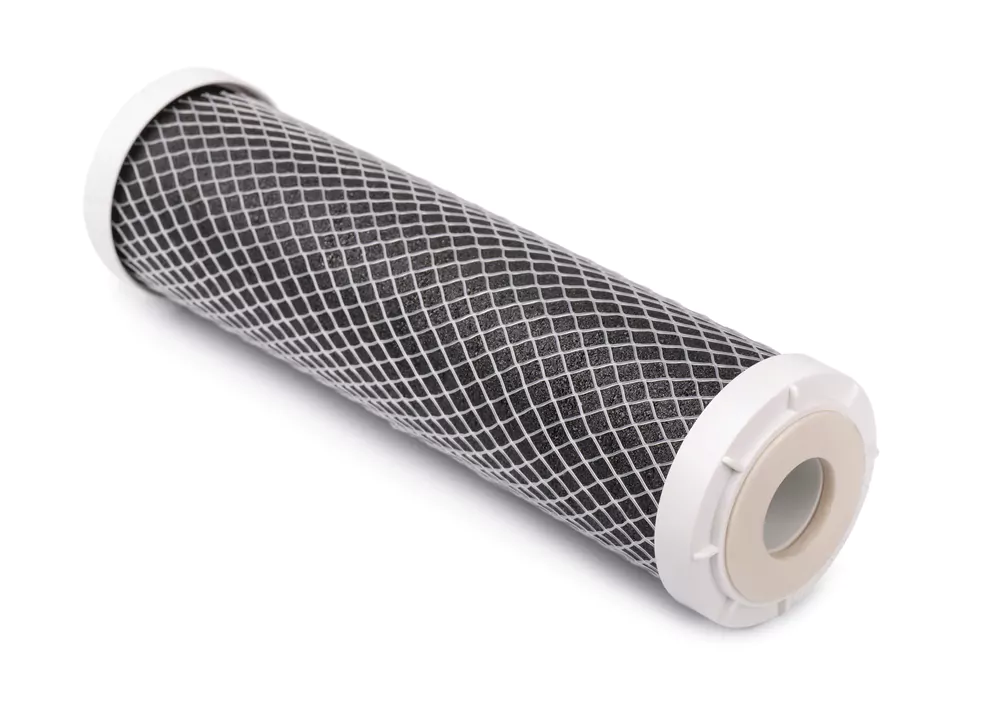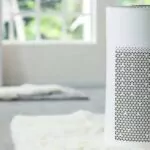A Step-by-Step Guide to How Air Purifier Works

Air pollution is a growing concern for people across the globe. With increasing industrialisation, urbanisation, and the burning of fossil fuels, the quality of the air we breathe is deteriorating. In such a scenario, air purifiers have become a necessity in many households and offices. They help in maintaining a healthier environment by removing harmful particles and contaminants from the air. But how does an air purifier work? In this comprehensive guide, we will explore the technology behind how air purifier works, their types, and their effectiveness.
1 Understanding Air Pollution
Before diving into how air purifiers work, it’s essential to understand the pollutants that are present in the air. Some common indoor air pollutants include:
- Particulate matter: Particles like dust, pollen, pet dander, and mould spores are called particulate matter. These particles can cause respiratory issues and allergies.
- Volatile Organic Compounds (VOCs): These are harmful chemicals released by paints, solvents, adhesives, cleaning agents, and other household products. They can cause headaches, dizziness, and other health issues.
- Biological pollutants: Bacteria, viruses, and fungi are examples of biological pollutants. They can cause infections and illnesses.
- Gaseous pollutants: Gaseous pollutants include combustion by products like carbon monoxide, nitrogen dioxide, and sulphur dioxide. These gases can irritate the respiratory system and cause serious health issues.
2 What is an air purifier?
An air purifier is an electronic device designed to remove pollutants and contaminants from the air, thus improving air quality. These devices are typically used in homes, offices, and other indoor spaces where air pollution is a concern. Air purifiers can remove a variety of pollutants, including dust, pollen, mould spores, pet dander, smoke, and volatile organic compounds (VOCs). By filtering out these pollutants, air purifiers can help alleviate allergies, asthma symptoms, and other respiratory issues, making the air you breathe cleaner and healthier.
3 How air purifier works?
An air purifier is a device designed to clean and improve indoor air quality by removing contaminants such as dust, pollen, pet dander, mould spores, bacteria, and volatile organic compounds (VOCs). They are commonly used in homes, offices, and other indoor spaces to create a healthier environment.
Here’s how an air purifier typically works
- Air intake: The air purifier pulls in the air from the surrounding environment through an air intake, which is often located at the bottom or sides of the device.
- Pre-filtration: The air first passes through a pre-filter, which is usually made of foam, mesh, or a similar material. This filter captures larger particles like hair, fur, and dust, preventing them from clogging the subsequent filter layers.
- HEPA filtration: The next layer of filtration is often a High-Efficiency Particulate Air (HEPA) filter. HEPA filters are designed to capture particles as small as 0.3 microns with a 99.97% efficiency rate. This means that they can effectively remove small particles like pollen, mould spores, and some bacteria from the air.
- Activated carbon filtration: Many air purifiers also include an activated carbon filter. This filter is designed to remove odours, gases, and VOCs through a process called adsorption. The porous structure of activated carbon provides a large surface area that traps and neutralises these pollutants, helping to remove unpleasant smells and harmful chemicals from the air.
- Optional features: Some air purifiers may also include additional features such as UV-C light, ionisers, or photocatalytic oxidation (PCO) to target specific contaminants like germs, viruses, or VOCs. UV-C light can kill or neutralise bacteria and viruses, while ionisers and PCO technology can help break down pollutants at a molecular level.
- Air outlet: Once the air has passed through all filtration layers, it is released back into the room through an air outlet, usually located at the top or sides of the device. This process continually cycles the air, gradually reducing the concentration of pollutants in the room and improving overall air quality.
4 Types of Air Purifiers and Their Technologies
Mechanical filters
Mechanical filters, such as HEPA (High-Efficiency Particulate Air) filters, work by physically trapping particles as the air passes through a dense filter medium. HEPA filters can capture at least 99.97% of particles that are 0.3 micrometres in diameter, effectively removing most allergens, dust, and mould spores from the air. However, HEPA filters are not effective at removing gaseous pollutants, like VOCs and odours.
Activated carbon filters

Activated carbon filters are designed to remove gaseous pollutants, odours, and VOCs from the air. These filters use a bed of activated carbon, a highly porous material with a large surface area that can adsorb gases and trap them within its structure. Activated carbon filters are often used in conjunction with other filters, such as HEPA filters, to provide a comprehensive air purification solution.
Ultraviolet germicidal irradiation (UVGI)
UVGI air purifiers use ultraviolet (UV) light to kill or inactivate microorganisms, including bacteria, viruses, and mould spores. UV light damages the DNA and RNA of these microorganisms, rendering them unable to reproduce and effectively killing them. While UVGI air purifiers are effective at eliminating airborne pathogens, they are not as efficient at removing particulate pollutants, such as dust and allergens.
Photocatalytic oxidation (PCO)
PCO air purifiers use a combination of UV light and a photocatalyst, typically titanium dioxide (TiO2), to remove pollutants from the air. The UV light activates the photocatalyst, which then oxidises and breaks down pollutants, converting them into harmless substances like water and carbon dioxide. PCO air purifiers can remove a wide range of pollutants, including VOCs, bacteria, viruses, and particulate matter.
5 Wrapping Up
Understanding how air purifiers work is crucial for choosing the right model and optimising its performance. By selecting the appropriate type of air purifier and following the tips mentioned above, you can significantly improve your indoor air quality and create a healthier living environment for you and your family. As air pollution continues to be a pressing concern, investing in an air purifier is a wise decision for maintaining good health and well-being.
Community Q&A
About This Article
This article has been viewed 505 times.



